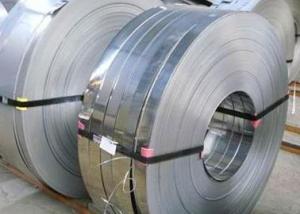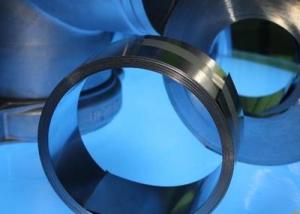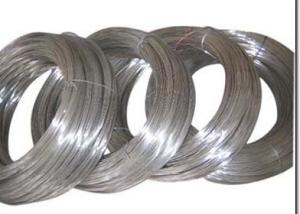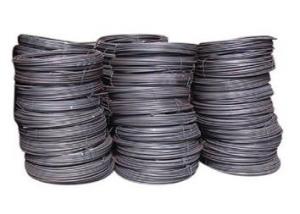420 Stainless Steel Strips
- Loading Port:
- China Main Port
- Payment Terms:
- TT or LC
- Min Order Qty:
- 1 Ton m.t.
- Supply Capability:
- 2000 Tons Per Month m.t./month
OKorder Service Pledge
OKorder Financial Service
You Might Also Like
420 Stainless Steel Strips
1. Chemical composition
|
C |
Si |
Mn |
P |
S |
Ni |
Cr |
|
0.16-0.25 |
max1.00 |
max1.00 |
max0.04 |
max0.03 |
--- |
12.00-14.00 |
2. Mechanical properties
|
Yield Strength |
Tensile |
Elongation |
Hardness (HV) |
Hardness (HRB) |
|
≥225 |
≥520 |
≥ 18 |
≥234 |
≥97 |
3. Standard: AISI, ASTM, GB, EN, DIN, JIS
4. Surface: 2B, NO.1, BA, NO.4, Hairline, SB, Mirror finish, Anti-skid, Cherkered etc.
5. Size: Thickness: 0.3-3mm (cold rolled), 3-40mm (hot rolled)
Width: 1000mm or 1219mm or 1240mm for cold rolled, 1500mm for hot rolled.
Length: As customers' request.
6. MOQ: 1 Ton
7. Payment terms: T/T or L/C
8. Packing: Seaworthy package with wooden or Iron pallets with the paper and the steel strip, or as customers' request.
9. Delivery time: Usually about 7 days after we confirming the order, or according to your quantity.
If you have any question or demand, pls feel free to contact me.
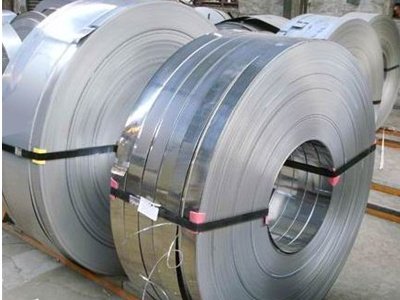
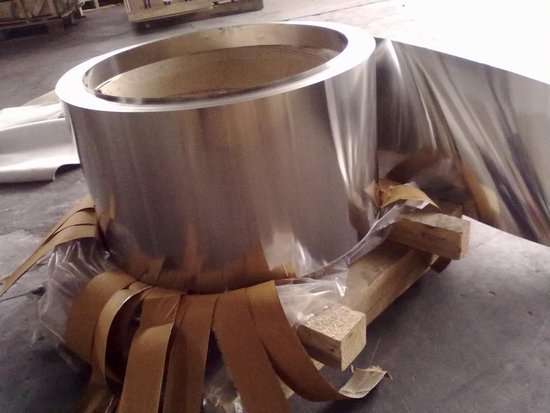

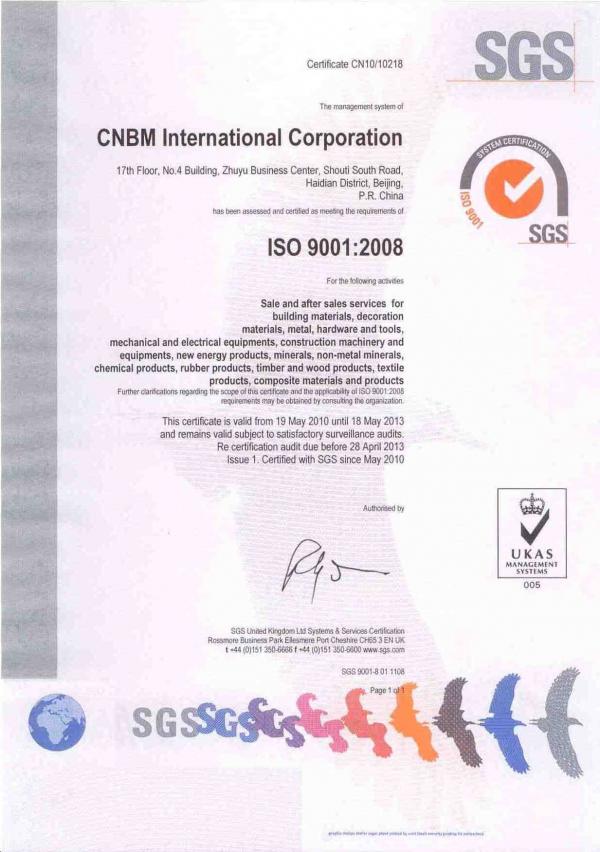
- Q:How long does stainless steel wire last?
- Stainless steel wire is known for its excellent durability and corrosion resistance, making it a highly reliable option for various applications. The lifespan of stainless steel wire can vary depending on several factors such as the environment it is exposed to, the quality of the stainless steel used, and the level of maintenance it receives. However, on average, stainless steel wire can last for several decades, if not more. In indoor or non-corrosive environments, stainless steel wire can last indefinitely without showing any signs of degradation. In more aggressive environments, such as marine or industrial settings, the lifespan of stainless steel wire can be reduced, but it still outperforms other materials. Regular cleaning and maintenance can significantly prolong the life of stainless steel wire and ensure its continued functionality and aesthetic appeal. Overall, stainless steel wire is renowned for its longevity, making it a cost-effective choice for a wide range of applications.
- Q:304 what is the best tapping thread for stainless steel tapping?
- According to the spiral direction into the left-hand thread and left-hand thread, with a right-hand thread; according to the number of the helical line is divided into single thread, double thread and multi thread; connection with multiple single transmission by using two or more lines; according to the size of teeth is divided into coarse thread and fine thread etc. by using the occasion, and different functions can be divided into threaded fasteners, pipe thread, thread, thread and other special transmission.
- Q:Can stainless steel wire be used for aircraft components?
- Yes, stainless steel wire can be used for aircraft components. Stainless steel is known for its high strength, corrosion resistance, and ability to withstand extreme temperatures, which makes it a suitable material for various aircraft applications. Stainless steel wire can be used in the construction of structural components, such as cables, ropes, and springs, as well as in electrical and mechanical systems. It is often used in critical areas where reliability and durability are paramount, such as in landing gear, control systems, and engine components. Additionally, stainless steel wire is lightweight compared to other metals, which is crucial in aircraft design to minimize weight and maximize fuel efficiency. Overall, stainless steel wire is a versatile and reliable material for aircraft components.
- Q:What are the common uses of stainless steel wire in the construction industry?
- Stainless steel wire is commonly used in the construction industry for various purposes such as reinforcing concrete structures, creating fences and barriers, supporting suspended ceilings, and providing stability to masonry walls. It is also utilized in the fabrication of architectural elements, such as handrails, balustrades, and mesh panels, due to its aesthetic appeal and corrosion resistance properties.
- Q:How does the price of stainless steel wire compare to other materials?
- Compared to other materials, stainless steel wire generally carries a higher price tag. Its durability, corrosion resistance, and strength make it a sought-after option for various uses, but these qualities contribute to its elevated cost. When comparing stainless steel wire to materials like carbon steel or aluminum wire, it tends to be more expensive. This is primarily due to the higher production costs associated with stainless steel, as well as the additional advantages it offers. Stainless steel consists of a combination of iron, chromium, and other alloys, which drives up its overall price. Despite its higher price, it is important to consider the long-term value of stainless steel wire. It has a longer lifespan than other materials, reducing the need for frequent replacements or repairs. Furthermore, its resistance to corrosion ensures it can withstand harsh environments, making it a cost-effective choice in the long run. Ultimately, the price comparison between stainless steel wire and other materials depends on factors such as the specific application, required properties, and market conditions. It is advisable to consider both the initial cost and the long-term benefits when deciding which material to use.
- Q:The difference between brushed steel and mirror stainless steel plate
- I am a professional processing board, the drawing board refers to the surface of the plate pulling out the hair like silk lines, mainly divided into short filaments and filaments, more common in the elevator board.
- Q:How is stainless steel wire mesh woven?
- Stainless steel wire mesh is woven using a process called plain weave or twill weave. In the plain weave method, the wires are woven in a crisscross pattern, with each wire passing over and under the adjacent wires in an alternating manner. This creates a simple and tight mesh structure. On the other hand, in the twill weave method, the wires are interlaced in a diagonal pattern, which gives the mesh a more robust and durable construction. This weaving technique involves each wire passing over two and under two adjacent wires, creating a distinctive diagonal pattern. Both plain weave and twill weave methods require precision and attention to detail to ensure a consistent and uniform mesh structure. The wires used in stainless steel wire mesh are usually thin and strong, allowing for a tightly woven and reliable mesh that is resistant to corrosion and wear. Overall, the process of weaving stainless steel wire mesh involves interlacing thin stainless steel wires in either a crisscross or diagonal pattern, resulting in a versatile and durable mesh that finds applications in various industries such as filtration, screening, and protection.
- Q:Can stainless steel wire be used for cable railing systems?
- Yes, stainless steel wire can be used for cable railing systems. Stainless steel is a popular choice for cable railings due to its durability, corrosion resistance, and aesthetic appeal. It is a strong and reliable material that can withstand outdoor elements, making it suitable for both indoor and outdoor applications. Additionally, stainless steel wire is available in different grades and finishes, allowing for customization to match the desired look and style of the railing system. However, it is important to ensure that the stainless steel wire used meets the necessary strength and safety requirements for cable railings.
- Q:What are the different types of stainless steel wire crimping techniques?
- There are several types of stainless steel wire crimping techniques, including hand crimping, manual crimping tools, pneumatic crimping tools, and hydraulic crimping tools.
- Q:Can stainless steel wire be used for making wire racks?
- Yes, stainless steel wire can be used for making wire racks. Stainless steel is a durable and corrosion-resistant material, making it ideal for wire racks that need to withstand heavy loads and potentially harsh environmental conditions. Stainless steel wire is also easy to clean and maintain, making it a popular choice for wire racks used in kitchens, storage areas, or industrial settings. Additionally, stainless steel wire can be easily shaped and welded, allowing for the creation of customized wire racks to fit specific needs and spaces.
1. Manufacturer Overview |
|
|---|---|
| Location | Shandong,China |
| Year Established | 2005 |
| Annual Output Value | Above US$5.3 Million |
| Main Markets | Europe, China |
| Company Certifications | ISO9001:2000 |
2. Manufacturer Certificates |
|
|---|---|
| a) Certification Name | |
| Range | |
| Reference | |
| Validity Period | |
3. Manufacturer Capability |
|
|---|---|
| a)Trade Capacity | |
| Nearest Port | Tian Jin |
| Export Percentage | 30% |
| No.of Employees in Trade Department | 40 People |
| Language Spoken: | English;Chinese |
| b)Factory Information | |
| Factory Size: | Above 50,000 square meters |
| No. of Production Lines | Above 8 |
| Contract Manufacturing | OEM Service Offered;Design Service Offered |
| Product Price Range | Average |
Send your message to us
420 Stainless Steel Strips
- Loading Port:
- China Main Port
- Payment Terms:
- TT or LC
- Min Order Qty:
- 1 Ton m.t.
- Supply Capability:
- 2000 Tons Per Month m.t./month
OKorder Service Pledge
OKorder Financial Service
Similar products
New products
Hot products
Hot Searches
Related keywords

